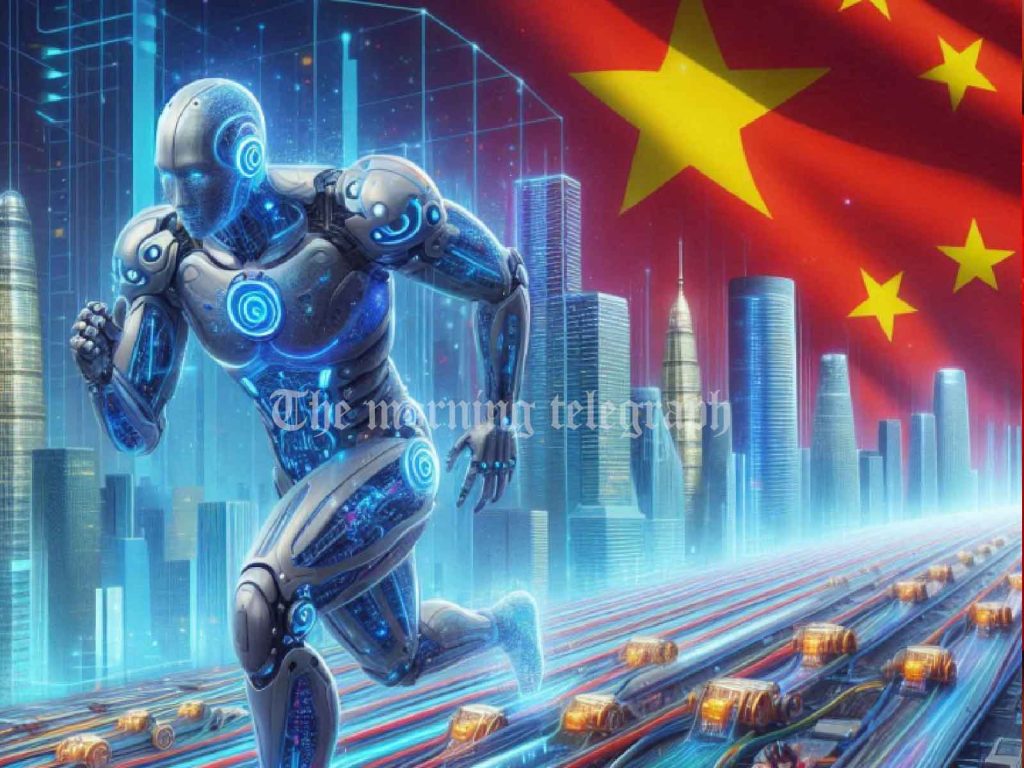
GENEVA (AP) — According to a report released by the U.N. intellectual property agency on Wednesday, China is far ahead in filing patents related to generative AI, with the United States trailing significantly behind.
The World Intellectual Property Organization (WIPO) revealed that over the past decade, approximately 54,000 inventions have been associated with generative AI. Notably, more than a quarter of these were registered in the last year alone, highlighting the rapid development and rising interest in the technology since its broad public introduction in late 2022.
WIPO Director-General Daren Tang commented, “WIPO hopes to provide a clearer picture of where this rapidly advancing technology is being developed and its future direction.”
From 2014 to 2023, China accounted for over 38,200 of these generative AI patents—six times more than the United States, which had nearly 6,300. South Korea, Japan, and India followed with 4,155, over 3,400, and 1,350 patents, respectively.
Generative AI, exemplified by tools like OpenAI’s ChatGPT, Google Gemini, and Baidu’s Ernie, is used to create various types of content, including text, images, music, and code. It has applications across multiple sectors, such as life sciences, manufacturing, and telecommunications.
Critics express concern that generative AI might displace jobs or misuse human-generated content without fair compensation. However, WIPO officials note that the sheer number of patents does not necessarily reflect the quality or societal impact of the inventions.
Nestor Maslej, a research manager at Stanford University’s Institute for Human-Centered Artificial Intelligence, pointed out, “Looking at patents just paints one part of a narrative. The U.S. leads in developing the world’s most cutting-edge AI systems, though.”
In 2023, U.S.-based institutions produced 61 significant machine-learning models, outpacing the European Union’s 21 and China’s 15. Additionally, the U.S. leads in private AI investments and the number of new AI startups, while China excels in industrial robotics.




